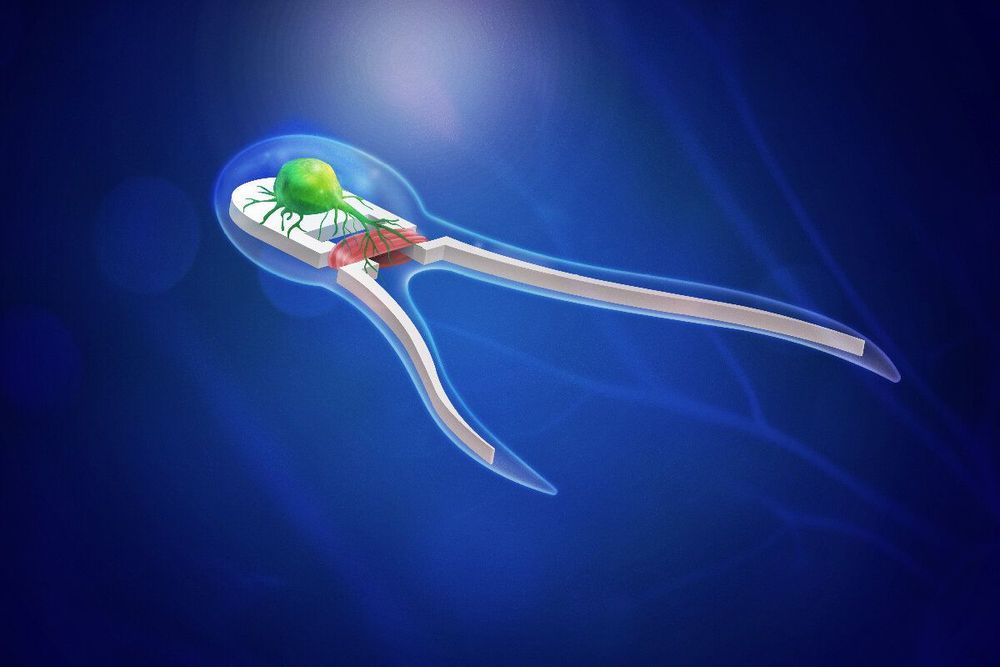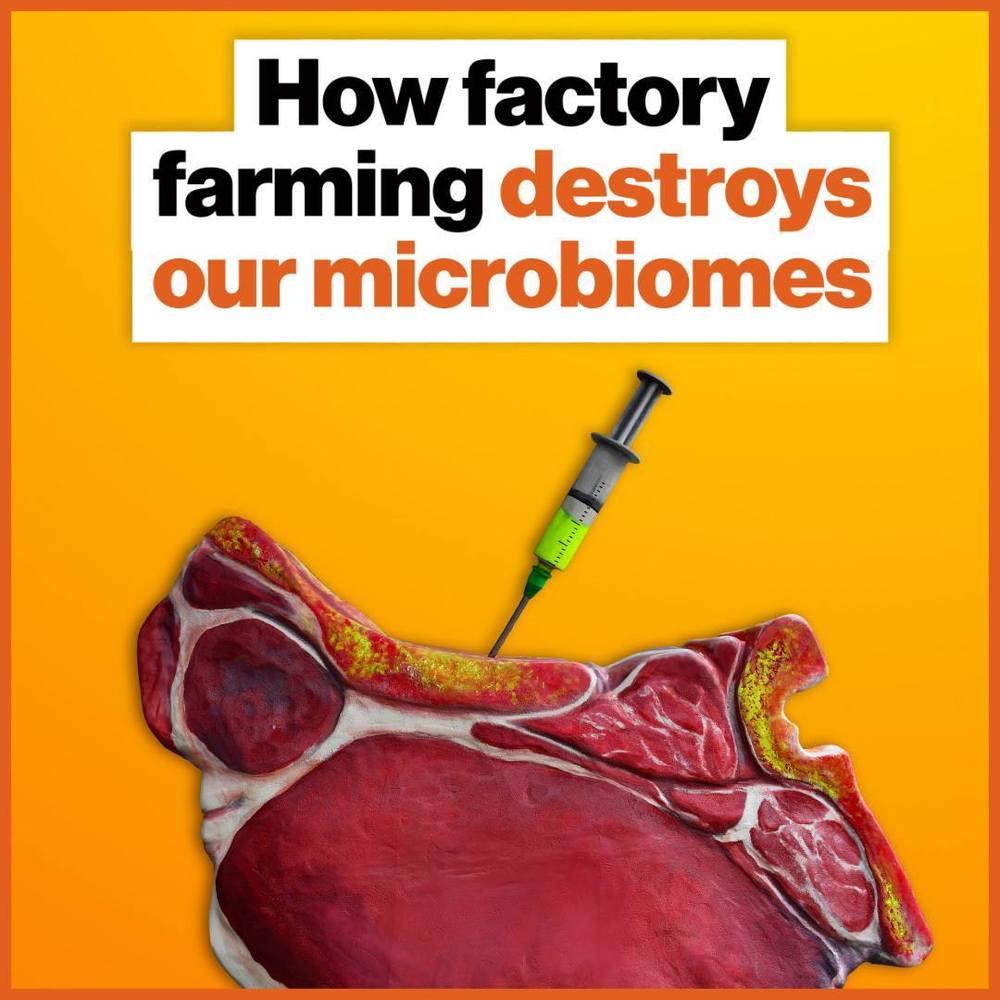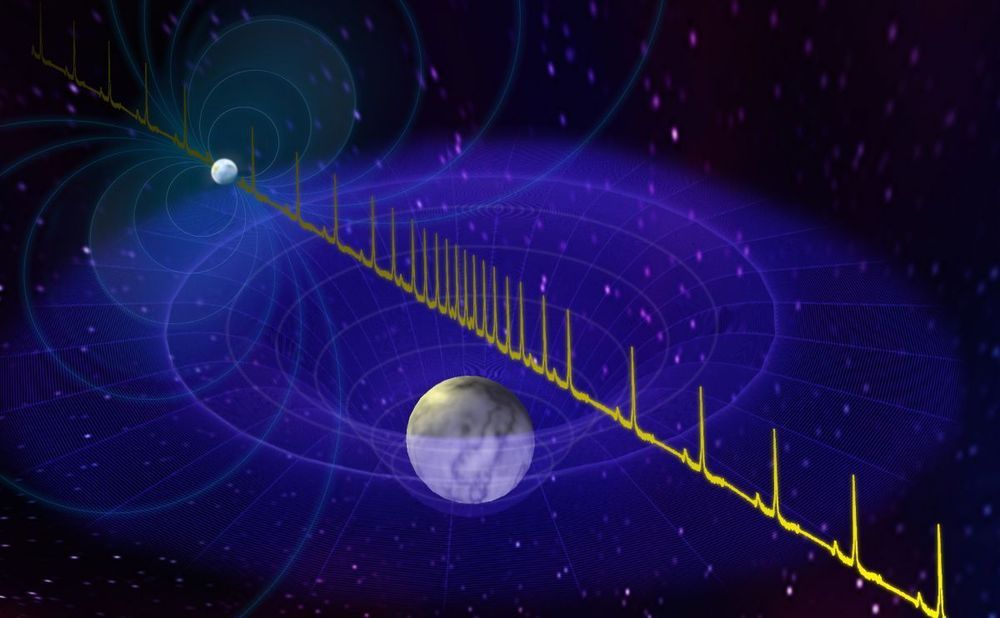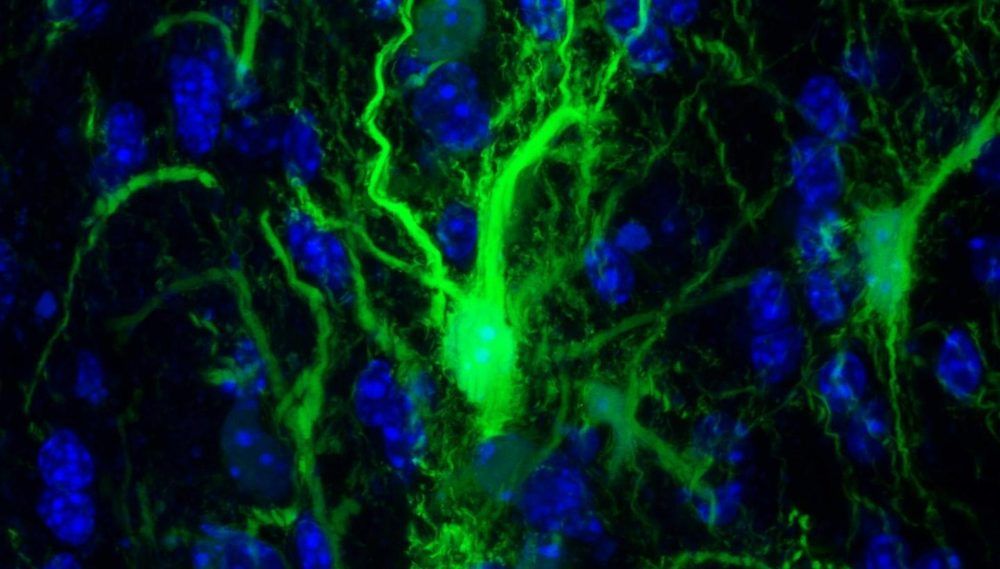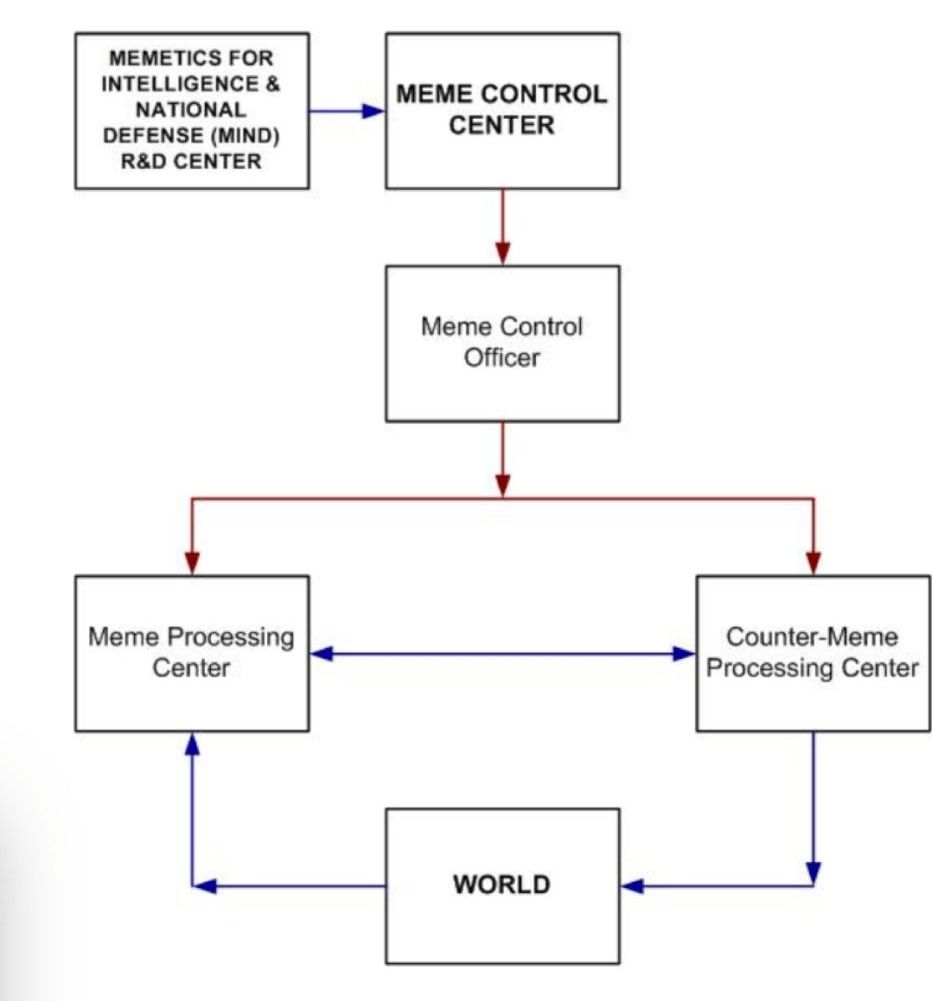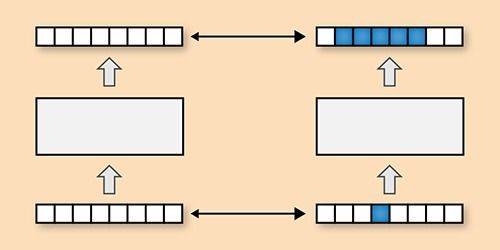Sep 16, 2019
Scientists Use Nanoparticles to Send Cancer Fighting Agent to Cells
Posted by Omuterema Akhahenda in categories: biotech/medical, nanotechnology
When it comes to finding new treatments for cancer scientitists have been focusing on an anti-cancer agent known as Small interfering ribonucleic acid (siRNA). But getting this agent to cancer cells has been a challenge.
Scientists have developed a platform using nanoparticles to send a cancer-fighting agent to cells.


